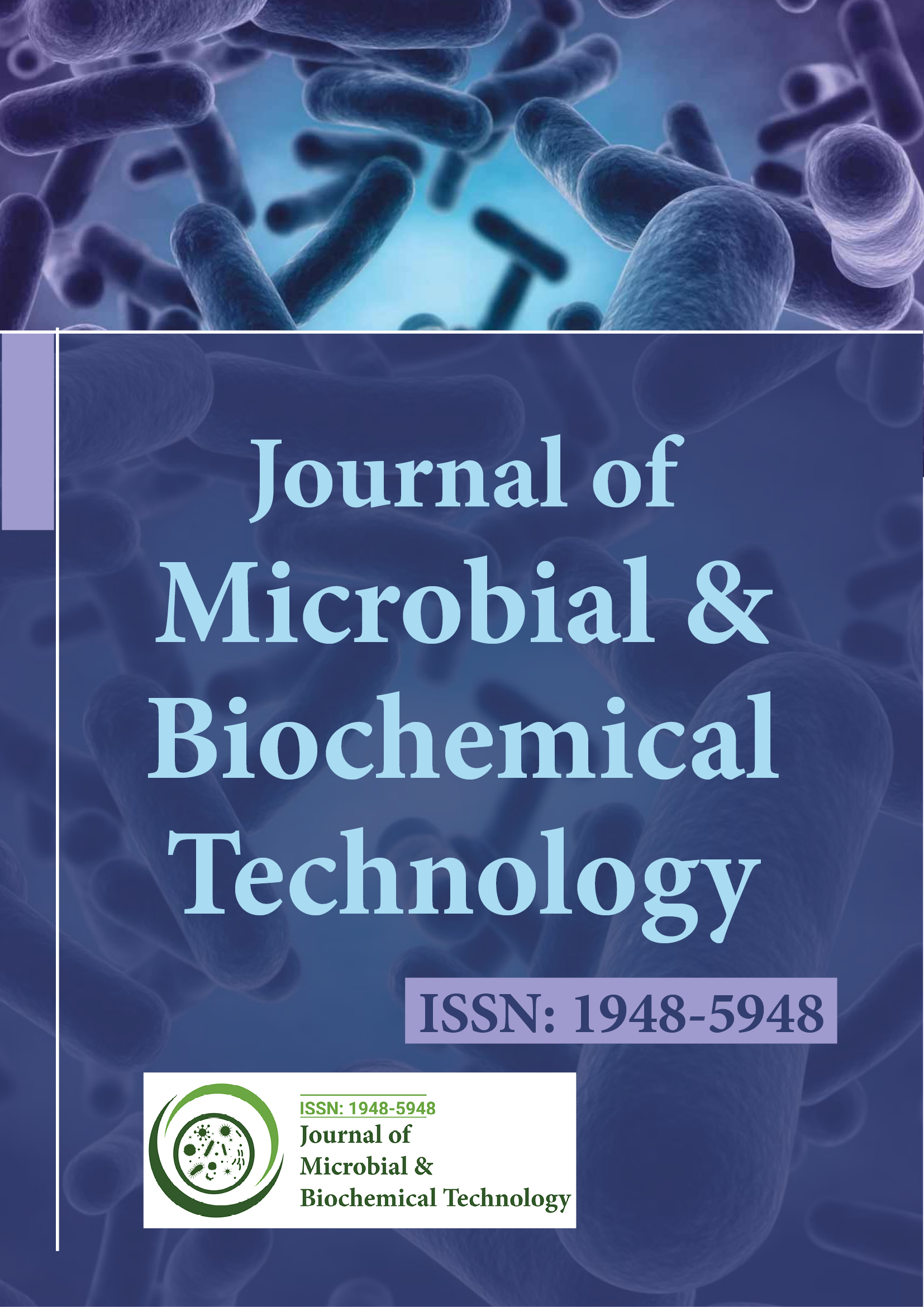Indexado em
- Banco de Dados de Periódicos Acadêmicos
- Genamics JournalSeek
- Chaves Acadêmicas
- JournalTOCs
- Infraestrutura Nacional de Conhecimento da China (CNKI)
- Scimago
- Acesso à pesquisa on-line global em agricultura (AGORA)
- Biblioteca de periódicos eletrônicos
- RefSeek
- Diretório de Indexação de Periódicos de Pesquisa (DRJI)
- Universidade de Hamdard
- EBSCO AZ
- OCLC- WorldCat
- Catálogo online SWB
- Biblioteca Virtual de Biologia (vifabio)
- publons
- MIAR
- Comissão de Bolsas Universitárias
- Fundação de Genebra para Educação e Pesquisa Médica
- Euro Pub
- Google Scholar
Links Úteis
Compartilhe esta página
Folheto de jornal

Periódicos de Acesso Aberto
- Agro e Aquicultura
- Alimentos e Nutrição
- Bioinformática e Biologia de Sistemas
- Bioquímica
- Ciência de materiais
- Ciencias ambientais
- Ciências Clínicas
- Ciências Farmacêuticas
- Ciências gerais
- Ciências Médicas
- Cuidados de enfermagem e saúde
- Engenharia
- Genética e Biologia Molecular
- Gestão de negócios
- Imunologia e Microbiologia
- Neurociência e Psicologia
- Química
Abstrato
Degradação de crómio utilizando novas estirpes de espécies de Pseudomonas
K.Poornima, L.karthik, SPSwadhini, S.Mythili e A.Sathiavelu
Os microrganismos são conhecidos pela sua capacidade de metabolizar uma variedade de compostos químicos, incluindo hidrocarbonetos alifáticos e aromáticos, ácidos gordos e outros poluentes ambientais. Estas capacidades tornam-nos úteis para aplicação como agentes de biorremediação. O principal objetivo do estudo é recuperar isolados bacterianos que degradam o crómio do solo da rizosfera da região da Floresta Amrithi, Vellore, Tamilnadu, utilizando o método de enriquecimento. De entre os isolados recuperados, dois (SP2 e SP8) dos isolados foram selecionados com base nas suas propriedades de degradação do crómio. As estirpes Potenciais foram identificadas através de caracterização morfológica, caracterização bioquímica e análise do gene 16S rRNA. A sequência de SP8 e SP2 apresenta uma homologia de sequência de 98,4% com Pseudomonas putida e 98,3% com Pseudomonas plecoglossicida respetivamente. Além disso, estes dois isolados foram verificados quanto à sua eficiência na degradação do crómio, em que o SP8 apresenta 90% de degradação do crómio. A região da floresta de Amirthi foi enriquecida com muitas novas estirpes em que a Pseudomonas putida e a Pseudomonas plecoglossicida têm um elevado potencial de degradação do crómio. O significado do estudo foi isolar os novos microrganismos que degradam o crómio.